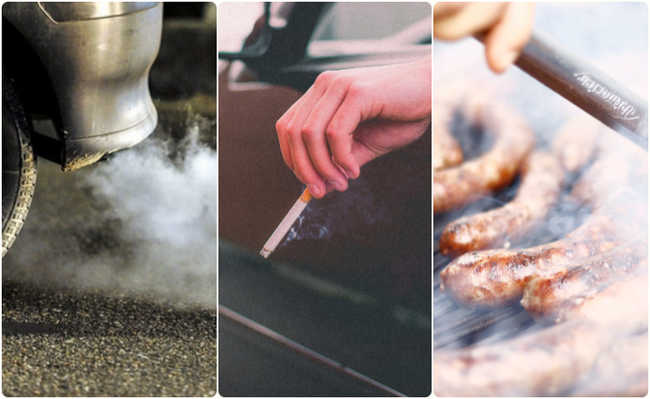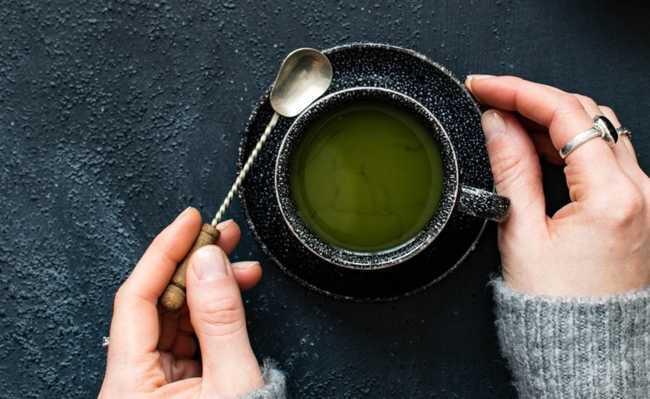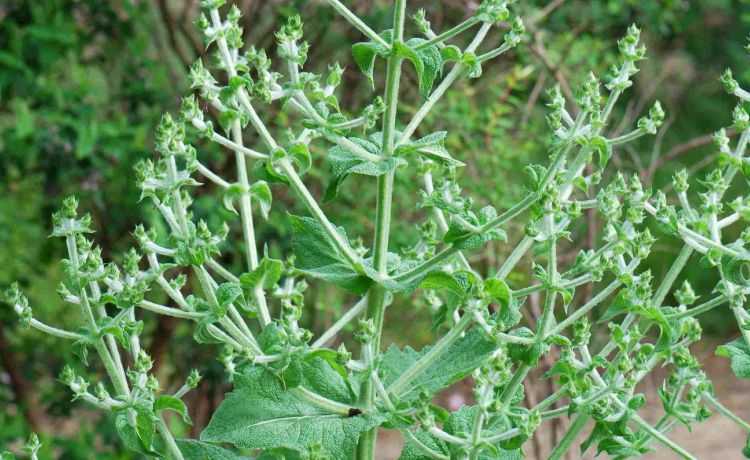PAHs: what are polycyclic aromatic hydrocarbons and their effects
Exposure to HPAs has effects on human health that cannot be ignored

PAHs, or better said, polycyclic aromatic hydrocarbons, are compounds produced by the incomplete burning of organic substances such as charcoal, wood and gasoline.
- Wood-fired pizzerias contribute to air pollution
The absorption of PAHs and their derivatives through the skin, breathing and ingestion is associated with several types of cancer in humans and animals, including skin, breast, bladder, liver and prostate tumors.
Sources of PAHs (polycyclic aromatic hydrocarbons)
The sources of exposure to HPAs are diverse. Among the main ones are diesel and gasoline combustion, coal burning, photocopiers, exhaust from waste incineration, cigarette smoke, in addition to various industrial processes such as aluminum production and coke gasification.
Soy and corn oil
In non-smokers, diet represents a significant part of PAH exposure. High-fat foods are potential sources of contamination by PAHs, and, in addition, they increase the intestinal absorption of these agents.
Soybean and corn oils can have a high content of PAHs, which originate from several factors, such as the growth of crops in contaminated soil (by smoke from tractors or proximity to roads), the deposition of HPA during the growing period of crops and the inefficiency of the refining processes.
The drying process of corn kernels is the main explanation for these high levels of contamination by PAHs, as drying using hot air obtained from burning wood is employed.
Soy beans present a problem similar to corn and, as a consequence, oil made from soy is also contaminated with PAHs.
There is no legislation in Brazil on the levels of PAHs in edible oils. There is only a maximum level established by the National Health Surveillance Agency (Anvisa) for benzo(a) pyrene (a type of HPA ) in olive pomace oil (2.0 µg/kg) and flavorings for artificial smoking (0.03 µg/kg).
dairy products
As milk is a product secreted by the breast, it can exhibit significant levels of various xenobiotics, such as PAHs, which were ingested by the dairy cow. Thus, milk can be seen as an indirect indicator for environmental pollution of pastures by PAHs.
When heated, the levels of PAHs present in the milk rise even more. Analyzes showed that whole milk subjected to UHT treatment is more contaminated by PAHs than pasteurized and in nature, suggesting that processing and heat treatment favor the formation of new PAH compounds.
- Is milk bad? Understand
Barbecue worsens PAH absorption
A survey published in the magazine Environmental Science & Technology concluded that PAHs also form through a chemical reaction when smoke from coal or wood comes in contact with meat. Thus, in addition to the ingestion of PAHs through the consumption of barbecue meat - which is the largest in relation to other possible forms of PAH absorption in a barbecue -, there is absorption through the respiratory tract and through the skin.
- The risk of cancer in meats grilled or roasted at high temperatures
- Pollution: what is it and what types exist
According to Adelaide Cassia Nardocci, a researcher at the Faculty of Public Health at the University of São Paulo, the concentrations of PAHs released by barbecue are small, but they cannot be ignored, as they add to the constant exposure to PAHs generated by urban pollution.
Who is exposed to HPAs
Because they are present in many places, PAHs are a potential health threat. However, people who live or work in environments with higher PAH emissions are more vulnerable to the effects of exposure.
A group of researchers from the Peking University, in China, has been expanding knowledge about polycyclic aromatic hydrocarbons (PAHs) and obtaining expressive results. Because of China's population and energy and industrial structure, the emission of PAHs, which are highly toxic persistent organic pollutants (POPs), is even more intense.
Shu Tao, professor and director of the Faculty of Environmental Sciences at Peking University, together with his team, developed a computer model capable of calculating the emission of the main types of PAHs in China and worldwide. The model uses data from various sources – including meteorological, public health and satellite information – and is a combination of smaller models that assess, for example, the transport of components through the atmosphere, the exposure of the population around the world and the risk of acquiring cancer .
According to Tao, 1.6% of lung cancer cases in China were due to exposure to PAHs. It seems like a small number, but considering the large Chinese population, the total is impressive.
The global emission of 16 types of PAHs emitted by 69 types of different sources was also analyzed and, according to the article published by Environmental Science & Technology, the survey pointed out that, of the total PAH emissions worldwide (adopting the estimated period from 1960 to 2030), 6.19% can be classified as carcinogenic compounds, with the value being higher in countries "in development" (6.22%) than in the "developed" (5.73%).
It was found that regions with the highest emission of PAHs from anthropogenic sources have the greatest potential to cause damage to health. The good news is that human-induced emissions of these compounds are likely to drop. Simulations up to the year 2030 show a drop in emissions of these pollutants, both in "developed" countries (from 46% to 71%) and in "developing" countries (from 48% to 64% less).
Understand more about HPAs
There are several types of PAHs, but the most studied is benzo[a]pyrene. In total, the HPAs comprise: naphthalene, acenaphthene, acenaphthylene, anthracene, fluorene, phenanthrene, fluoranthene, pyrene, benzo(a)anthracene, chrysene, benzo(b)fluoranthene, benzo(k)fluoranthene, dibenzo(a,h)anthracene , benzo(a) pyrene, indene(1,2,3-cd)pyrene and benzo(g,h,i)perylene.
Polycyclic aromatic hydrocarbons (PAHs) are among the persistent organic pollutants known as POPs. They are highly stable compounds that persist in the environment, resisting chemical and biological degradation, in addition to having the ability to bioaccumulate in living organisms, being harmful to humans. They are organic pollutants, therefore, of great environmental persistence and the level of concentration of PAHs depends on their emission sources.
PAHs were listed in 2001, at the Stockholm Convention on Persistent Organic Pollutants, as carcinogens, as they are associated with an increased incidence of various types of cancer, which highlights the profound need for transformation of society.
- The danger of POPs
How to avoid HPAs
- To reduce exposure to PAHs, prefer baked foods over grilled foods, as roasts form less PAHs.
- Avoid eating foods cooked or processed in a charcoal oven. Prefer the gas oven.
- Avoid adding soy or corn oil to foods and avoid the consumption of fried foods.
- Choose foods that have been grown far from roads and industrial areas.










